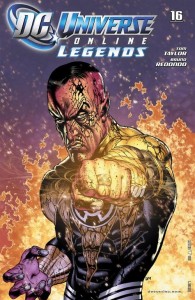 If you’re one of those people who’s screaming self-righteously that there was no need for DC’s New 52 and that everything was fine in the old DC Universe and that your book Zombie Spaceship Wasteland will be available in paperback in November, you do still have an option available… kinda.
If you’re one of those people who’s screaming self-righteously that there was no need for DC’s New 52 and that everything was fine in the old DC Universe and that your book Zombie Spaceship Wasteland will be available in paperback in November, you do still have an option available… kinda.
Since the launch of the DC Universe Online massive multiplayer online roleplaying game back in January, DC has been putting out what should amount to a three-dollar advertisement to the game: DC Universe Online Legends. It’s an old instinct for these MMORPG companies: people love the continuing stories in the game, so make some quick bank by putting out a comic based on the continuing stories in the game! It’s the kind of cross-media pollination to create market synergy that makes marketing people hard and other people want to set marketing people on fire.
Almost exclusively, these books fail on both a marketing and artistic level, because the publishers generally treat them like what they are: a financed, short-term cash-grab. Seriously: what talent are you going to put on a book with characters you don’t that’ll be canceled the day the game servers get shut down? Frank Miller? Yeah, try Francois Jean-Baptiste Charlemagne Milloirse, and even then only if he agrees to run his own script through Babelfish to save on translation costs.
So DC Universe Online Legends should suck… except DC owns these characters, they have a financial interest in how well the game does, and the marketing actually makes sense: if someone who never read comics tries the game (Let’s say his friends told him there were girls in there – there aren’t, by the way), there’s at least a CHANCE that they could wander into a comic store looking to learn more.
The upside to this for comic fans is that the development cycle of an MMORPG is significantly longer than it takes for Dan DiDio to say, “Fuck it! DO-OVER!”, which means that if you have a rage-on over the fact that Superman’s underpants aren’t on the outside anymore, this book has been a safe haven. In addition, since DC has a vested interest in making the book at least decent, they started out by putting A-List talent like Marv Wolfman on the book.
With that said, Marv’s arc on the book is over, and the game just put out an expansion pack containing a bunch of Green Lantern stuff, so DC Universe Online #16 is just a Green Lantern story. And since Green Lantern was hardly affected at all by the New 52 reboot, you’re not going to be able to tell the difference between this book and the DCnU proper.
Still, this is a pretty good book if you’re a Green Lantern fan.
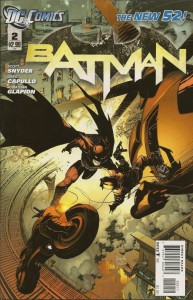 EDITOR’S NOTE: This review contains spoilers about Batman #2. Spoilers I wouldn’t have to reveal if the creative team had been a little more specific in Batman #1. You’ve been warned.
EDITOR’S NOTE: This review contains spoilers about Batman #2. Spoilers I wouldn’t have to reveal if the creative team had been a little more specific in Batman #1. You’ve been warned.
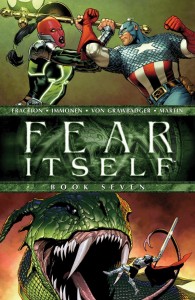
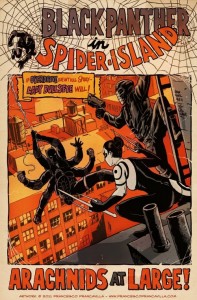
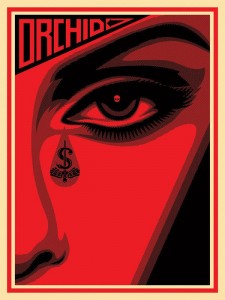
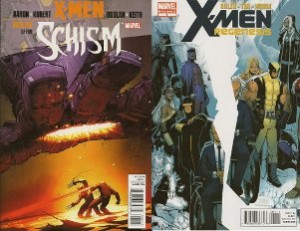
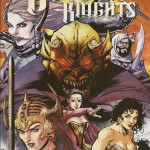
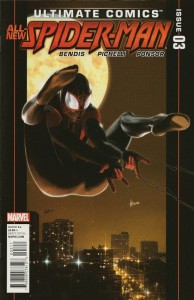
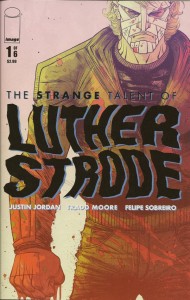
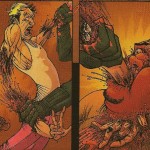
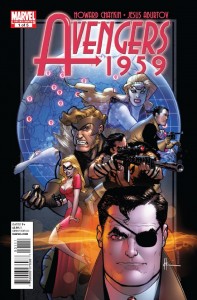
 Podcast RSS Feed
Podcast RSS Feed iTunes
iTunes Google Play
Google Play Stitcher
Stitcher TuneIn Radio
TuneIn Radio Android
Android Miro Media Player
Miro Media Player Comics Podcast Network
Comics Podcast Network